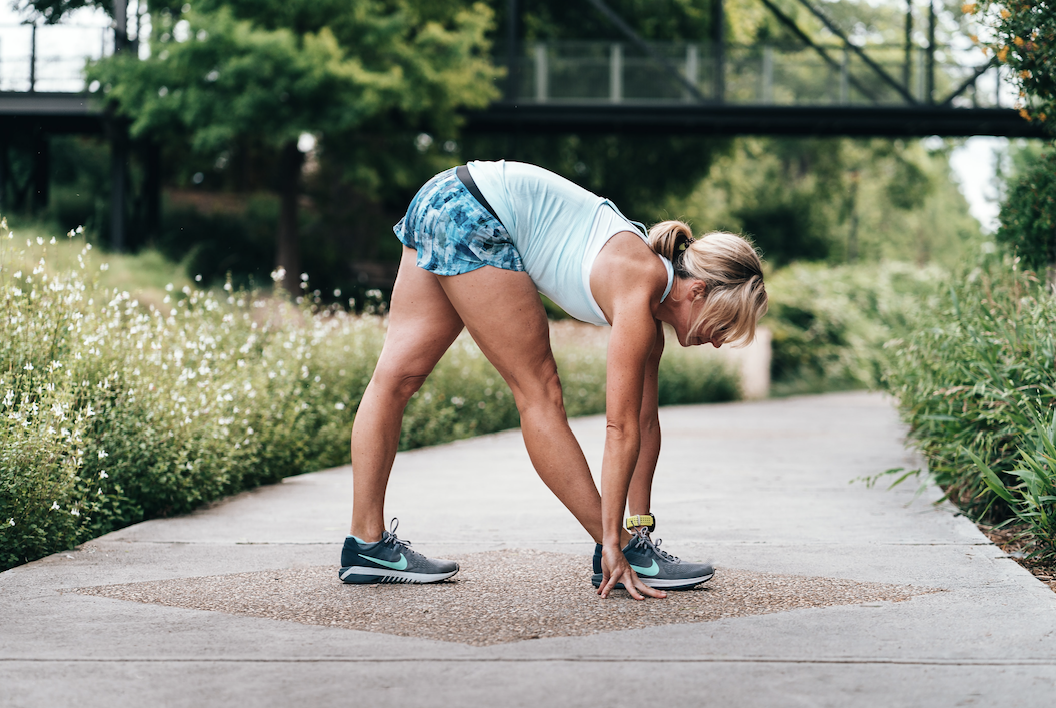The Key To Injury-Free Training
The Key To Injury-Free Training
Share
Taking care of our bodies has never been more important than right now. We can all go back to the gym now, and overtraining due to the excitement may become an issue for many. We feel the same way that you do about the ability to train like we did before, but we want everyone to stay injury-free and train without pain.
The key to remaining strong and keep lifting heavy in the gym is sufficient recovery. When we train, our muscle fibres break down and a lot of energy gets used up. During recovery time, those muscle fibres build back up and overcompensate for the damage made during training – that is how we build muscle. There are things that we can do to help speed up recovery, prepare our muscles for the next training session and go in feeling fresh and strong into the gym every time. Every individual will break down muscle at different rates during training and require different amounts of time to recover. The foods you eat, the quality of your sleep, the amount of stress you have in life, your current fitness level and the movement you do outside of the gym will all impact your recovery rate.
Additionally, the type of exercise performed will affect the time you need to recover. Heavy lifting for 30 minutes will burn more calories and cause more substantial muscle fibre damage than running or cycling for the same amount of time. Different types of muscle fibres (fast-twitch and slow twitch) are engaged in different types of exercise, which will again affect the best support and amount of time required for muscle repair.
These 3 strategies will help you recover from training more efficiently and go into the gym feeling strong and powerful every time. To get the best out of doing these things, they need to become a regular practice, otherwise they will not work. Aim to make them a habit.
- Stretching and Mobility Exercises: Warm up and do a selection of mobility exercises prior to each session you do. Tailor our mobility to the workout you plan to do that day: for leg day, focus on mobilising joints of the hips, knees and ankles. Try to do 5-8 mobility exercises prior to each session. Always stretch after your workout, foam rolling is a great recovery tool too. Stretching and foam rolling will decrease muscle tension and reduce the likelihood of DOMS.
- Understand Your Training Threshold: Do not over-train in the first place. It is very easy to get over-excited and hyped up about the gym, as we haven’t been able to go for so long. However, be mindful of what your body can do for you at this moment. Most likely you did not have heavy weights at home, so start very slowly and build up your strength. Focus on technique and check in with how you feel. If you need an extra rest day – take it.
- Easy Cardio Days: Light cardiovascular training helps to get rid of the accumulated lactic acid from heavy lifting and sprint training. This method of recovery is not useful for runners or long-distance cyclists, but it is great for gym-goers and sprinters, as it gets your body moving on a rest day and helps speed up metabolism for faster recovery. Sometimes you will still need a complete rest day. Listen to what your body is telling you and rest when you need to.
The key to injury-free training is taking care of your body. Do not forget the basis of keeping in good health: drinking water, sleeping, taking care of your mental health, cooking healthy meals for yourself. You can do all the above mentioned things, but without the basics, you won’t feel great and won’t recover fast, no matter how hard you try.





















FOLLOW BESTFIT